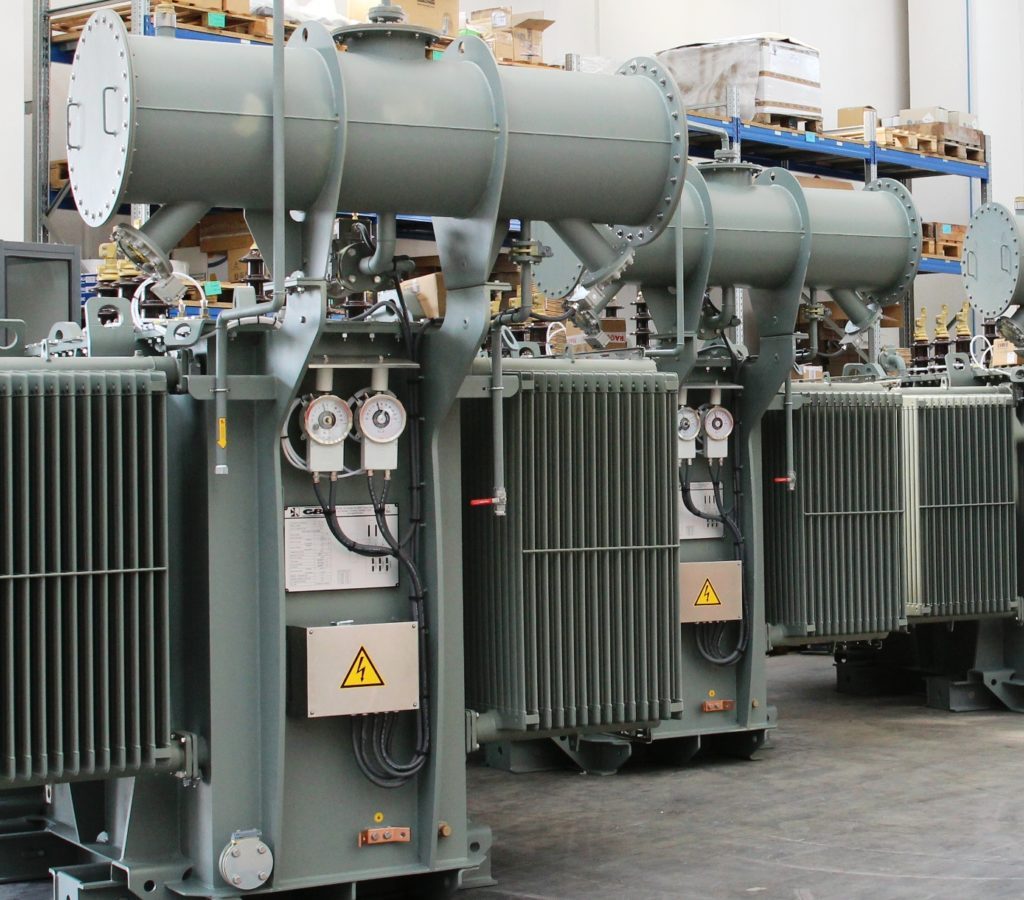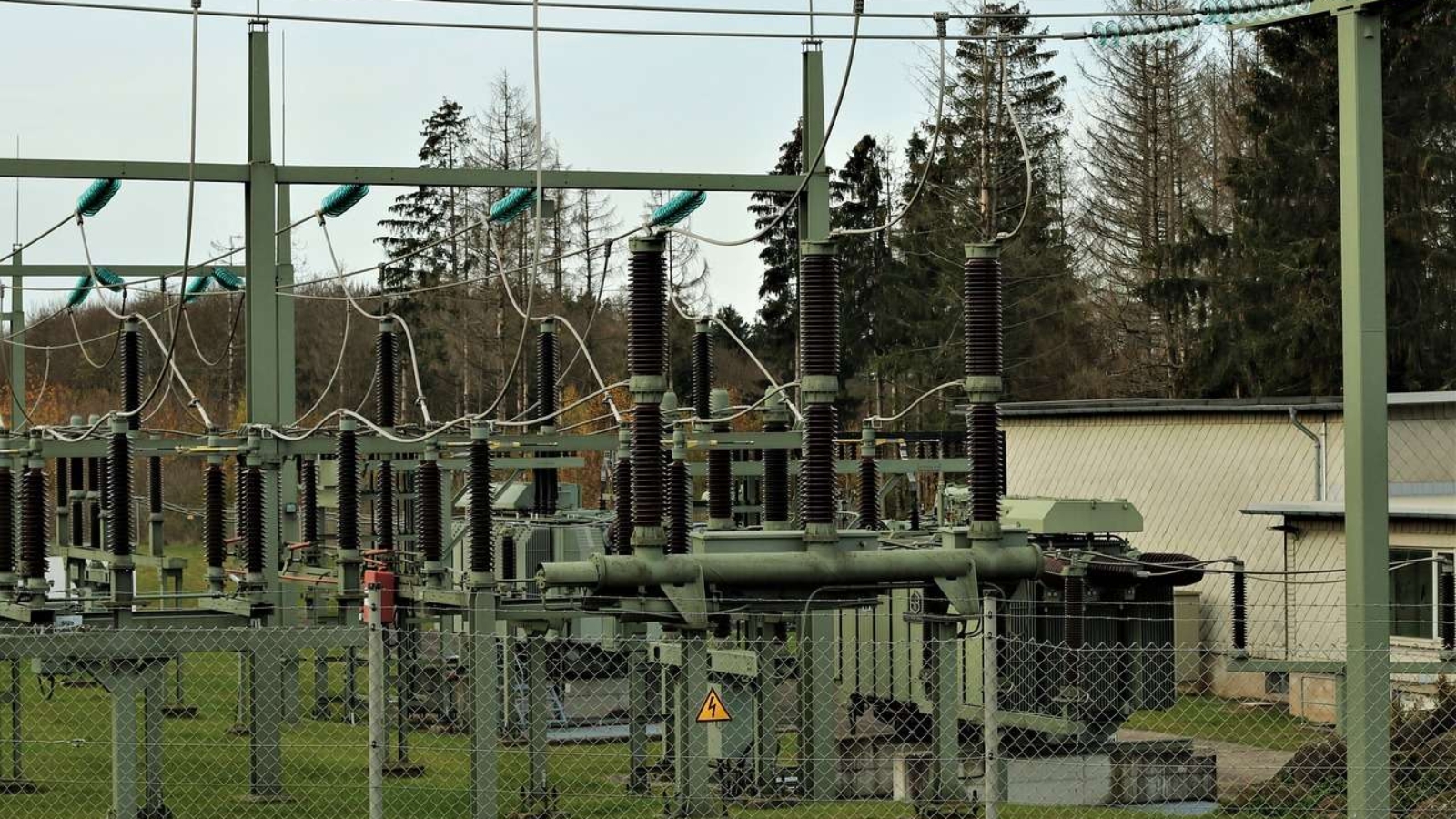Contact Us at 954-488-0700
Transformers are essential in the electrical system. To get the best price, you need to make sure you sell transformers the right way. This guide will show you the 10 best tips for selling transformers. It will help you maximize profits and streamline the sales process. Follow these steps to ensure success, whether you are a seller for a company or an individual.
1. Assess the Condition of the Transformers
Assess the condition of transformers before you begin selling them. Buyers are interested in knowing exactly what they are buying. More information is better. Inspect the core, windings, and insulation. Do you see signs of damage or wear? Is the transformer working optimally or is it in need of repairs?
Buyers remain interested in your transformer, even if it’s not in perfect condition. This is especially true if you’re selling to someone who wants to refurbish the unit. Giving an honest appraisal can help build trust, and even speed up the sales process.
2. Determine the Transformer’s Specifications
It is important to know the specifications of any transformers that you sell. Buyers want to know about the voltage, frequency, and capacity of your transformer. Document this information correctly.
Often, potential buyers are technical experts looking for transformers to meet their needs. Highlighting your transformer’s unique or desirable features will help you to stand out on the market.
3. Research Market Prices
Research current market prices before you list your transformers. Various factors, including market demand, raw material costs, and energy trends, affect transformer prices. Understanding the current market will help you price your transformer to be competitive.
Electrical Transformer Buyers recommend that sellers conduct a thorough market study before determining the price of their units. It is important to find a balance between maximizing your profit and providing an attractive deal for the buyers.
4. Select the Right Sales Channel
It is important to choose the best platform for listing transformers. Direct sales, online marketplaces, or auctions are all options. You can reach a global market through online platforms such as eBay or electrical marketplaces, but the fees may eat up your profits.
Direct sales to buyers such as manufacturers or refurbishers can often lead to more efficient negotiations. Your specific needs and urgency in selling will determine the best sales channel.
5. Clean and Prepare Your Transformers for Sale
When selling transformers, appearance is important. Before presenting your transformers to potential buyers, clean and prepare them properly. Remove dust, rust, or grime which could make the transformer look neglected. Replace any missing or broken components and touch up the paint if possible.
A clean, well-maintained product will not only increase its appeal but will also give buyers more confidence in its condition. Transformer sales are no exception. First impressions are important in every sale.
Contact Us at 954-488-0700

6. Provide Clear Documentation
Documentation that is clear and complete can help to speed up the sale of your transformers. The buyer will be interested in the transformer’s maintenance records, manuals, and warranties. Include any reports if the transformer has been recently tested or serviced.
Electrical Transformer Buyers advise sellers to collect as much documentation as possible to back up their listings. This gives buyers peace of mind and may result in a faster, easier transaction.
7. Offer Warranty or Guarantees if Possible
A warranty or guarantee will help you stand out from the competition. If a buyer knows that a transformer is protected, they are more likely to invest in it. The buyer is still reassured even if the warranty only covers certain parts or is limited.
A warranty can also be used to justify a price increase. This strategy is useful for increasing profits because many buyers will pay more for extra security.
8. Build Relationships with Buyers
Selling transformers is all about building relationships with buyers. Networking in the industry will help you find buyers who are looking for transformers that you sell. Make connections with buyers by using LinkedIn, industry forums, and conferences.
Electrical Transformer Buyers is committed to building strong relationships between buyers and sellers. This leads to greater trust and, over time, better deals. If buyers are confident about their relationship with you they will be more likely to make future purchases and recommend you to others.
9. Be Open to Negotiations
Negotiation is often part of the process when selling transformers. Prepare to discuss payment terms, delivery schedules, and pricing. Sometimes, flexibility on these issues can make the difference between a successful sale and a lost buyer.
Know your bottom line. Before entering any negotiations, you should know the lowest price that you are willing to pay. Keep your limits in mind while showing that you are willing to work with the purchaser. This will help foster a collaborative environment and lead to a successful deal.
10. Partner with Experts
Partner with an expert if you don’t know how to navigate through the selling process. Electrical Transformer Buyers, a company that specializes in buying and trading transformers, can help you find the best deal. They can help you save time, reduce stress, and get the best price for your transformers.
A partnership with an expert will also allow you to tap into a wider network of buyers, increasing your chances of making a sale. Working with an expert can also help you avoid common pitfalls such as undervaluing the transformer or not meeting legal requirements.
Conclusion
It may seem complicated to sell transformers, but following these 10 tips will simplify the process, and increase your return. Assess the condition and specifications of your transformers, then do some research on market prices to make sure you are getting a competitive price. Select the best sales channel, prepare transformers for display, and collect all documentation.
For long-term success, don’t forget about offering warranties and building relationships. Negotiations are important. If you have any doubts, you can consult with experts such as Electrical Transformer Buyers. Selling transformers is a straightforward and profitable endeavor when you have the right strategies.
You’ll achieve the best results when you sell transformers by being informed, proactive, and diligent.







